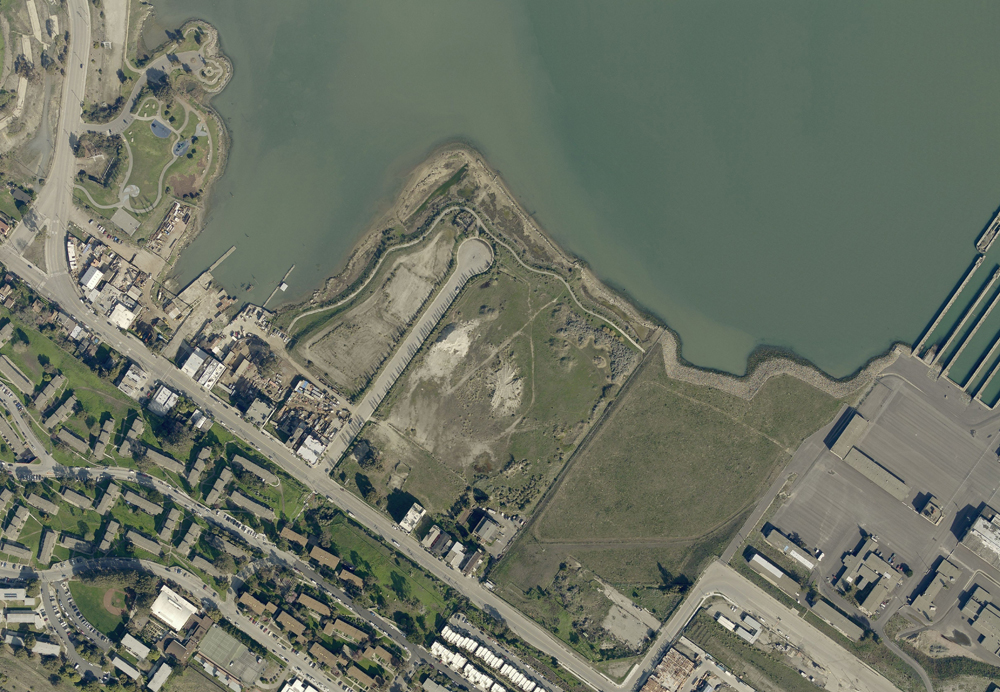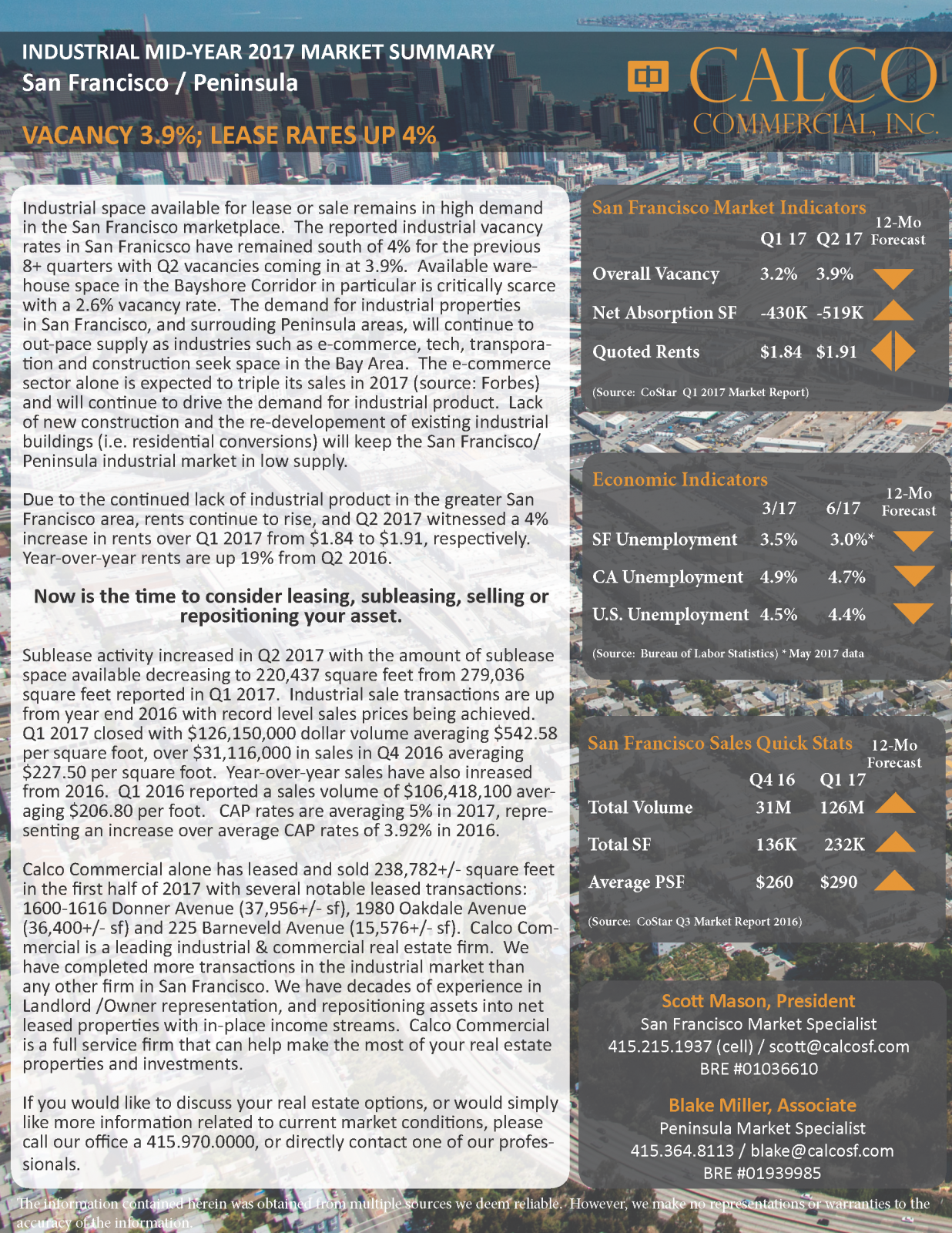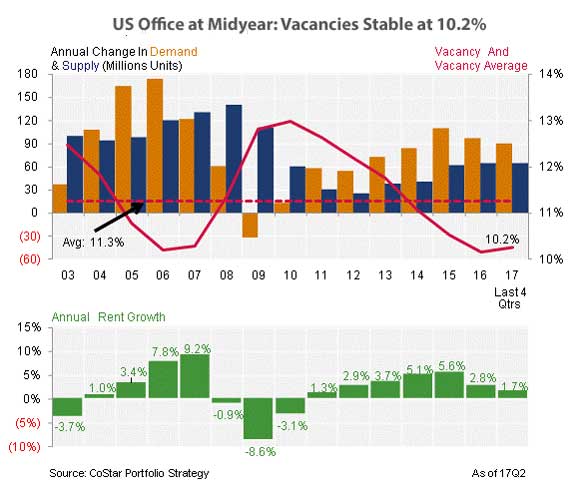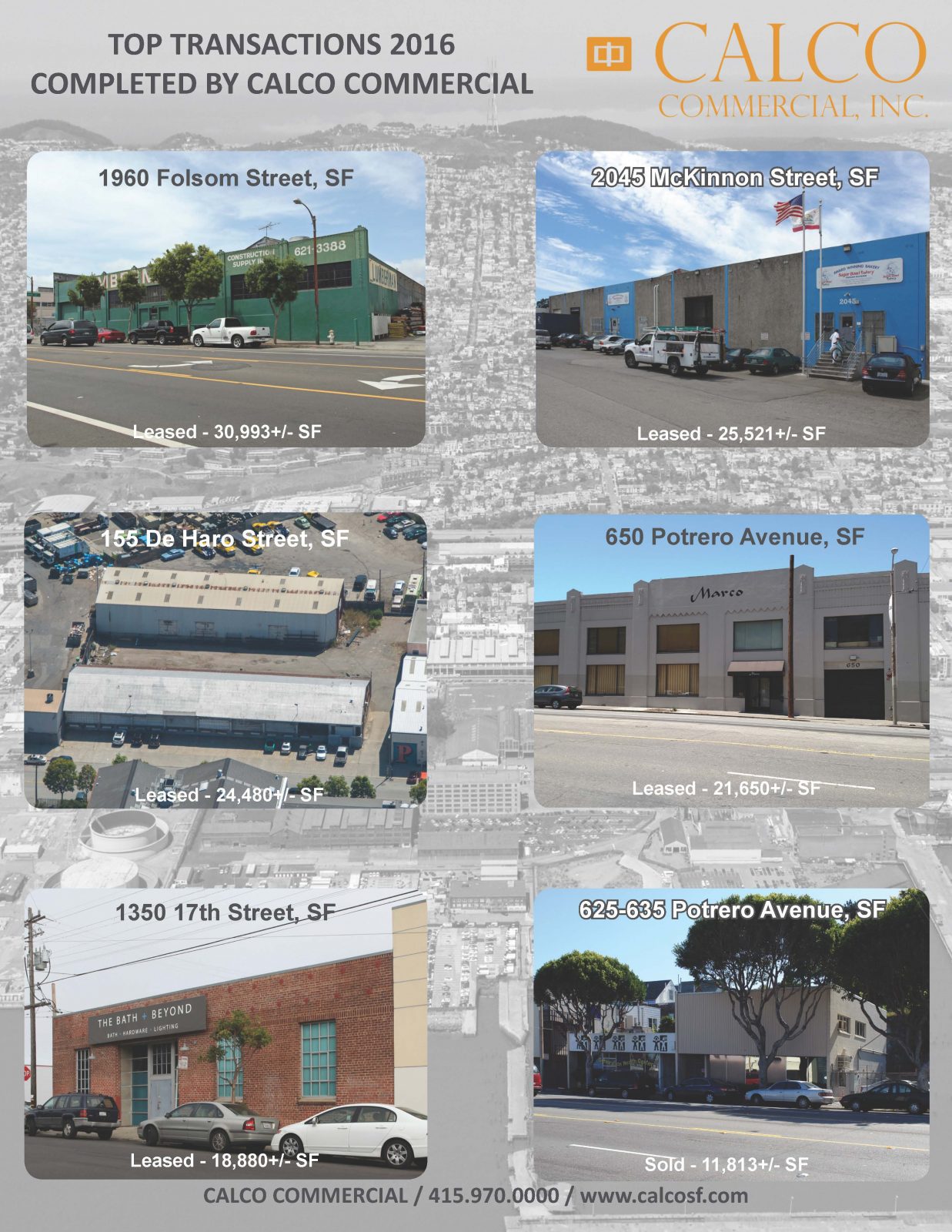In a partnership with Build Inc., the San Francisco Recreation & Parks Department (RPD) plan on redeveloping over 38 acres of land in the India Basin area of San Francisco into a mixed-use project consisting of retail, commercial, residential and open spaces.

According the Draft Environmental Impact Report (EIR) released on September 13, 2017 (EIR-1 and EIR-2), two iterations of the project are being considered: “(1) a residentially-oriented project with approximately 1,240 dwelling units, 275,330 square feet of commercial space, 50,000 square feet of institutional space, and 1,800 parking spaces; or (2) a commercially-oriented variant with approximately 500 dwelling units, 1,000,000 square feet of commercial space, 50,000 square feet of institutional space, and 1,932 parking spaces.”
The Draft EIR public comment period now open through October 30, 2017 with a public hearing date scheduled for October 19, 2017.










